

Most of us probably aren’t going to cure cancer anytime soon, but we can still help fight it.
In this age of information, working together to solve problems is easier and more efficient than ever. People are coming up with new and innovative ways to fight diseases, and many of these are available right on your smartphone or on your browser.
Sometimes it can feel like one person can’t make a difference, but the Web has given us the resources to change the world by just investing a minute a day. Now, you can even help with cancer research in a variety of ways.
While not the most well-designed game ever, this game still deserves an award for what it attempts to do: help scientists analyze genetic cancer data. There are Android and iOS versions, but no matter which version you have, your gaming will be making a difference.
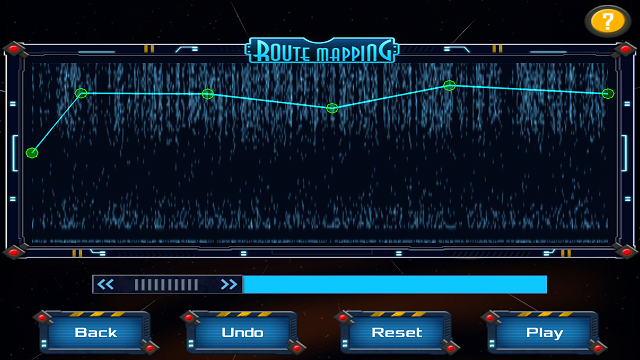
Before each course, you map out your course by selecting the most dense points in the field of “Element Alpha” shown above. This mythical element stands in for the genetic code that you’re helping to analyze. By choosing the most dense points and collection Element Alpha, you help identify certain parts of the genetic code that otherwise would have to be done by hand by busy scientists.
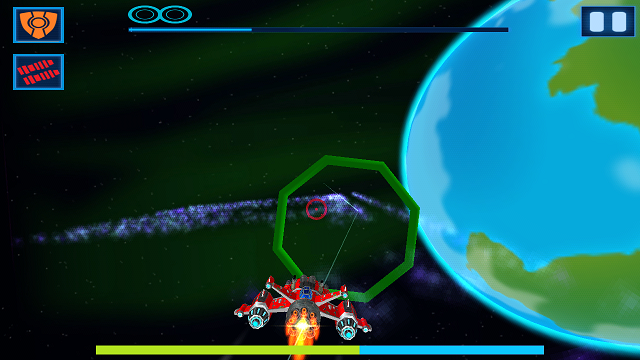
The actual gameplay isn’t the most riveting thing in the world, but it has a good upgrade and levelling system so that it feels as if you’re progressing steadily. You try to collect as much Element Alpha as possible while passing through the rings and shooting down asteroids that try to kill you.
Give it a try. It’s free, and it can only help.
The Internet is crawling with ways you can help out with just five minutes of your time, and Cell Slider is a perfect example of that. Unlike Play To Cure, which tried to mask cancer research under a game, Cell Slider straight up asks you to help identify cancerous cells.
The idea here is crowdsourced processing again, but this time not from computer processors, but from your mind. An image will show up on your screen with a combination of cells visible, and you have to label if you see irregular cells, tissue, or blood cells. If you saw anything irregular, it will ask you some more questions, like how many there are and how yellow they appear.

Does this seem like too technical a task for the average person? Don’t worry. After running the site for almost one and a half years, Cancer Research UK has found that the average answers from the public are within the margin of error for what two trained pathologists would agree on due to the fact that each slide is reviewed by at least five different people.
These are real cancer samples, taken anonymously from breast cancer patients. The information you supply would normally take years for individual doctors to process, but they’re hoping that opening it up to the public allows them to crunch it down into a few months. After analyzing all the data, they compare the results to the treatments that worked or didn’t work for certain patients, and this allows them to deduce which kinds of cancer respond best to which kinds of treatments.
If they continue to have success with the site, they hope to open it up to other kinds of cancer and introduce colors other than yellow to gather more identifying information about the tumors.
Want to reach the cure for cancer a little quicker? Help out identifying these cells for 5 minutes a day.
In the past we’ve covered BOINC and other computer programs that crowdsource processing power, but the BOINC Android app makes it so easy to help out with any cause.
The idea here is that science requires a lot of computing, but scientists can’t always afford the hundreds of computers needed to handle all the information. BOINC’s solution: crowdsource processing power from unused Android phones and computers.
When your phone isn’t being used (while it’s charging overnight), it could be doing computations to help scientists in their endeavours. BOINC’s projects range from searching for far away planets and stars to cancer and AIDS research.
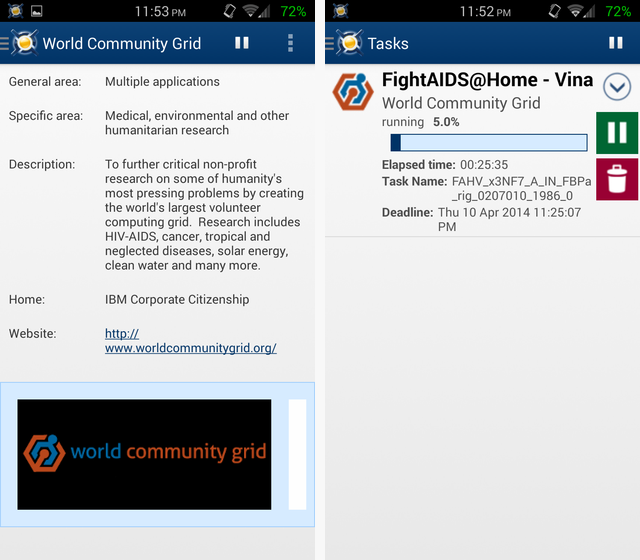
The app is wonderfully simple. You just pick a cause that you want to help with, create an account with them, and BOINC will handle the rest while your phone charges overnight. By default, it will only charge when your phone is above a certain level of battery, charging, connected to WiFi, the phone is below a certain temperature, and the screen is off, but you can change any of these settings to suit your needs.
It will work on Android 2.3+ and is free with no ads.
A relatively new app from HTC, Power To Give is built off BOINC’s open source code and is similar in many ways. HTC’s app looks slightly nicer, but both have the same function. The biggest downside to Power To Give is that it will only work on Android 4.3+ devices and has a lesser selection of projects to choose from.

Whether you go with BOINC or Power To Give really comes down to preference here. They both achieve the same goal, but if you have an older device running Android 2.3-4.2 or like the extra projects offered by BOINC’s app, you’ll want to use that.
However, if you’ve got a device running 4.3 or 4.4, feel free to give HTC’s app a shot. It’s minimally different, and you won’t interact with the app much anyway, but given HTC’s marketing and brand name, it’s more likely to take off than BOINC.
Take a few minutes out of your day to use these services. They’ll make you feel good, and you’ll legitimately be helping out with important causes.
Don’t forget to be a good person in real life, though; these services don’t give you the license to be a jerk all day!
What do you think of these apps and services? Any others you would recommend? Let us know in the comments.
Image Credit: Wikimedia
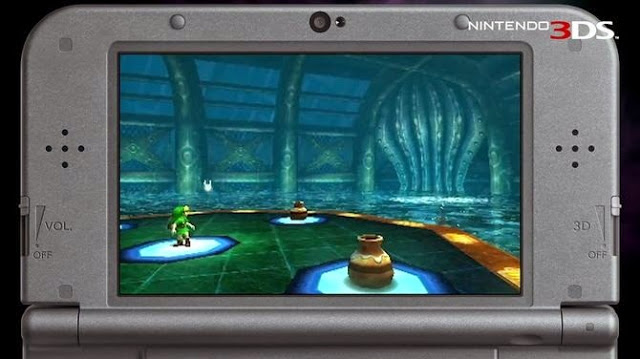

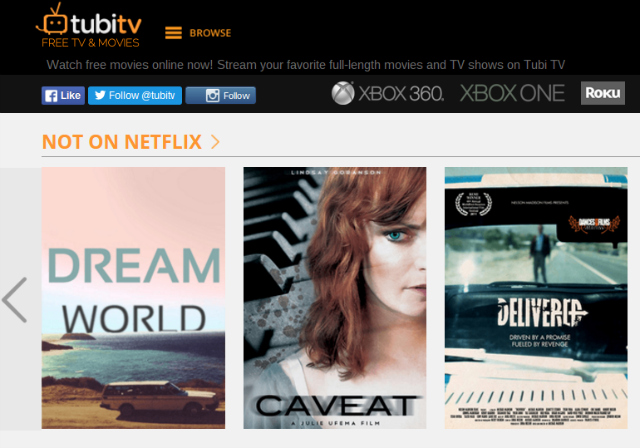
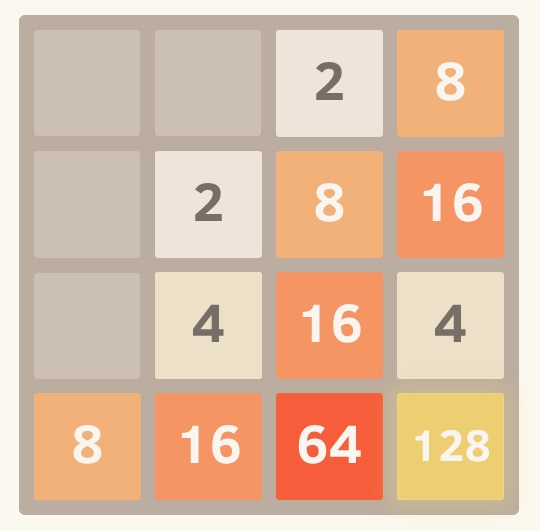
 Sword Art Online: Hollow Fragment- Cheats, Bonus Items
Sword Art Online: Hollow Fragment- Cheats, Bonus Items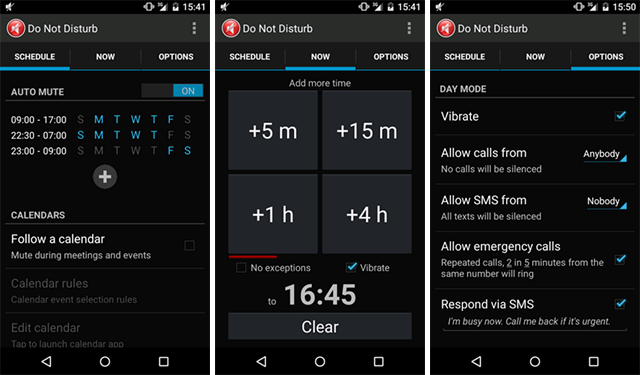 Android's Do Not Disturb Is Way Better Than iOS
Android's Do Not Disturb Is Way Better Than iOS Wolfenstein: The New Order Bosses and Enemies Guide
Wolfenstein: The New Order Bosses and Enemies Guide AMD's New Plan: Make Virtual Reality Cheaper for You
AMD's New Plan: Make Virtual Reality Cheaper for You Fallout 4 Guide: How to Power Your Settlement
Fallout 4 Guide: How to Power Your Settlement